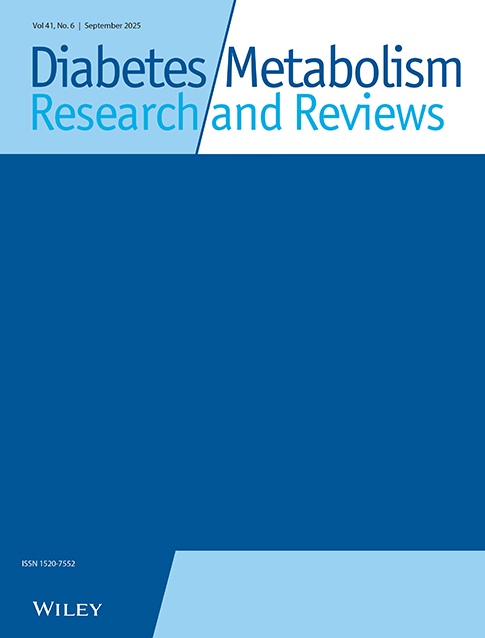Tissue factor activities of streptozotocin induced diabetic rat tissues and the effect of peanut consumption
Abstract
Background
Tissue factor (TF) is considered to be a major regulator of normal haemostasis and thrombosis. Circulating TF activity is suggested to be associated with diabetes mellitus. Various tissues and body fluids have TF activity. The aim of the present study was to investigate the TF activity of streptozotocin (STZ) induced diabetic rat tissues. Peanut consumption is reported to be associated with decreased risk of type 2 diabetes. Therefore, the effect of peanut consumption on the TF activity of STZ induced diabetic rat tissues, and haemostatic parameters such as protrombin time (PT), activated partial thromboplastin time (APTT) and fibrinogen levels were determined.
Methods
Twenty-four Wistar rats were divided into 3 groups of 8 rats each as control, STZ-induced diabetic and diabetic + peanut group. Twelve weeks later, TF activity of liver, kidney, spleen, heart, kidney, lung, pancreas and aorta and haemostatic parameters were determined.
Results
In the diabetic group, TF activities of liver, kidney and spleen increased (p < 0.01) whereas the TF activity of brain decreased (p < 0.01) compared to the control group. Peanut consumption in the diabetic group decreased the TF activity of spleen and aorta (p < 0.01; p < 0.05). Haemostatic parameters did not change significantly in the groups.
Conclusion
Elevated TF activity in diabetic rat tissues, may contribute to the increased risk of atherothrombotic disease that accompanies the diabetic complications whereas the decreased brain TF activity may be due to a different haemostatic mechanism to protect this vital organ from the diabetic status. The decreased TF activity of peanut given diabetic rat tissues might protect these tissues from the risk of thrombosis. Copyright © 2007 John Wiley & Sons, Ltd.




